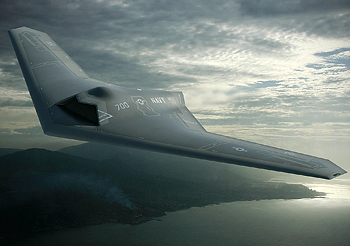INDIAN ARMED FORCES CHIEFS ON OUR RELENTLESS AND FOCUSED PUBLISHING EFFORTS

The insightful articles, inspiring narrations and analytical perspectives presented by the Editorial Team, establish an alluring connect with the reader. My compliments and best wishes to SP Guide Publications.

"Over the past 60 years, the growth of SP Guide Publications has mirrored the rising stature of Indian Navy. Its well-researched and informative magazines on Defence and Aerospace sector have served to shape an educated opinion of our military personnel, policy makers and the public alike. I wish SP's Publication team continued success, fair winds and following seas in all future endeavour!"

Since, its inception in 1964, SP Guide Publications has consistently demonstrated commitment to high-quality journalism in the aerospace and defence sectors, earning a well-deserved reputation as Asia's largest media house in this domain. I wish SP Guide Publications continued success in its pursuit of excellence.
- Indian Air Force Aims for Full Indigenous Inventory by 2047 — Air Chief Marshal A.P. Singh
- General Upendra Dwivedi takes over as the Chief of the Army Staff
- Rajnath Singh assumes charge as Defence Minister for the second consecutive term
- Admiral Dinesh K. Tripathi assumes Command of the Indian Navy as 26th Chief of the Naval Staff
- Prime Minister witnesses 'Bharat Shakti' – a Tri-Services Firing and Manoeuvre Exercise in Pokhran, Rajasthan
Lockheed Martin's new UCLASS drone's concept design made public

Lockheed Martin’s Skunk Works division has unveiled the concept design of the company’s unmanned carrier launched airborne surveillance and strike (UCLASS) air vehicle, that integrates technologies from F-35C, RQ-170 and other systems to provide persistent intelligence, surveillance and reconnaissance (ISR) and light strike capabilities. Artist’s renderings of the designs were presented at the company’s booth during the Navy League’s annual Sea Air Space conference.
According to Lockheed, UCLASS will balance endurance, early operational capability and inherent growth that will enable operations in any environment or threat scenario. Envisaged to be a versatile, carrier-based unmanned aircraft system, the UCLASS will feature integration of proven technologies; persistent 24/7 ISR operations; full spectrum adaptability; signature control; open systems architecture; reduced manpower requirements for command, control, and maintenance; and future growth provisions. The project is a part of the US Navy’s bid for the next attack jet.





